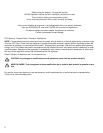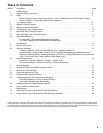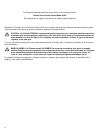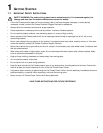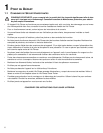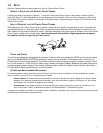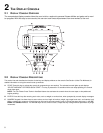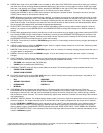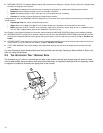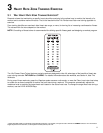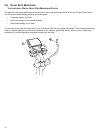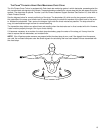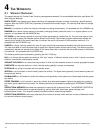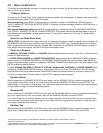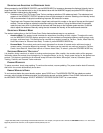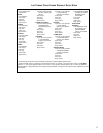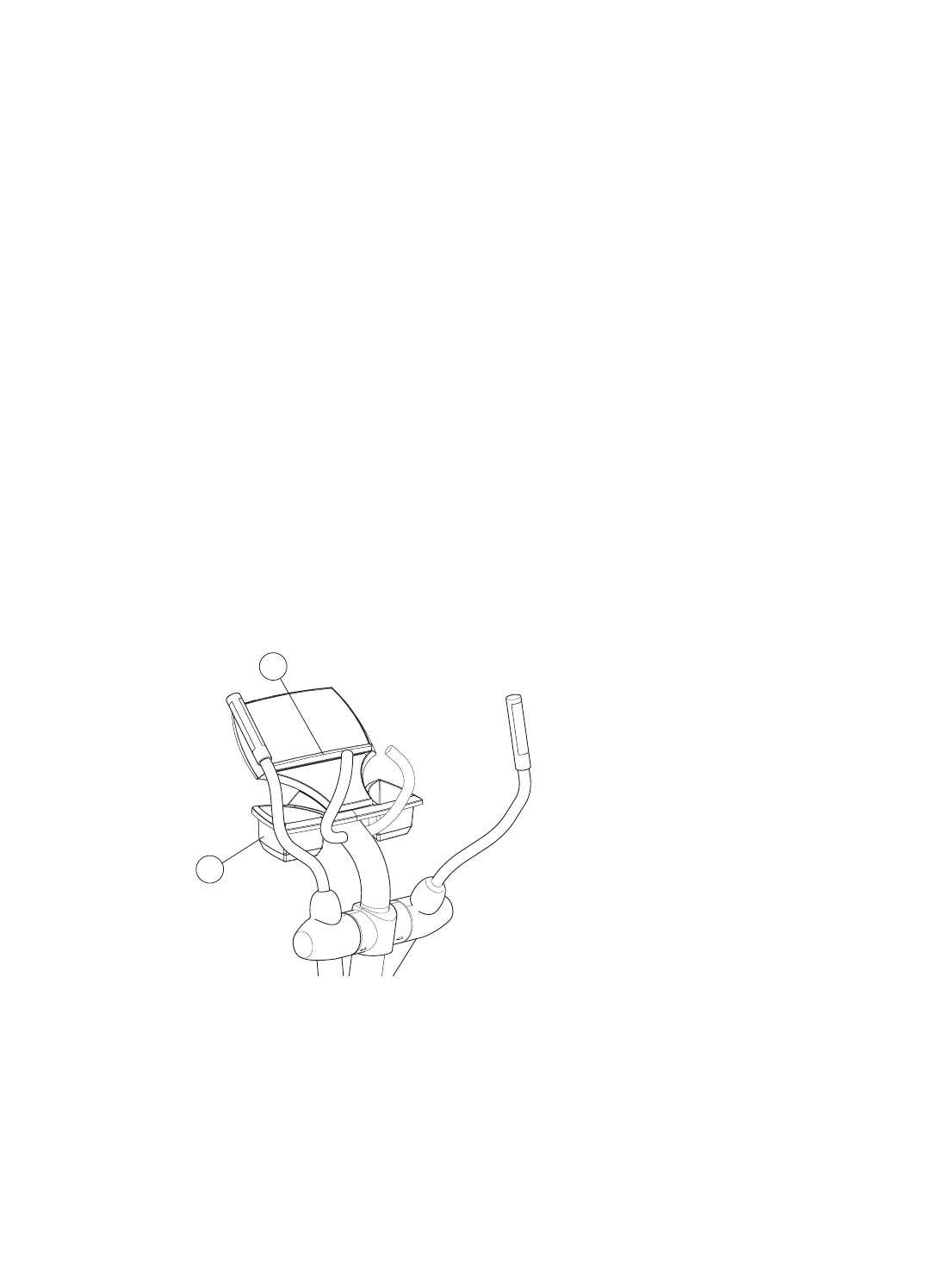
10
P MESSAGE CENTER: This window displays step-by-step instructions for setting up a workout. During a workout, it displays statis-
tics about the progress of the workout:
• Heart Rate: the detected heart rate if the user is wearing the chest strap or grasping the Lifepulse system sensors.
• Distance: the total distance traveled in miles (or kilometers if enabled).
• Speed: the pedaling speed or rate in miles per hour (or kilometers per hour if enabled).
• Calories: the number of calories burned since beginning the workout.
If programmed to do so, the MESSAGE CENTER displays any or all of these three values each time the intensity level changes dur-
ing the workout:
• Calories per Hour: the rate of calories burned per hour.
• Watts: effort level in Watts. The Watt is a unit of power output or the expression of the mechanical rate of work.
• METs: effort level in METs. The MET is an expression of the rate of work for the human body at rest, or a metabolic equiva-
lent; one MET is approximately equal to the metabolism of a person at rest.
See Chapter 5, titled Optional Settings for information about enabling the MESSAGE CENTER to display these additional settings.
Q AEROBICS MODE: Press this key to activate a workout mode in which the MESSAGE CENTER displays prompts that vary the
workload and emphasize different muscle groups during the workout. It can be used with any workout, except for Fat Burn and
Cardio.
R REVERSE MODE: Press this key to activate a workout mode that alternates five minutes of forward motion with two minutes of
reverse motion. It can be used with any workout, except for Fat Burn and Cardio.
S LEVEL/TIME WINDOW: This window displays the programmed intensity level and the time elapsed since the start of the pro-
gram.
For more information about Aerobics Mode and Reverse Mode, see the topic Selecting a Workout Mode in Section 4.2,
titled, the Using the Workouts.
2.3 T
HE A
CCESSORY TRAY
/ READING RACK
The accessory tray (A), which is mounted near the base of the console, provides dual storage trays with space for items
such as water bottles, personal stereos, and cell phones. Additionally, an integrated reading rack (B) for supporting a book
or magazine is located at the base of the upper panel of the console.
A
B



